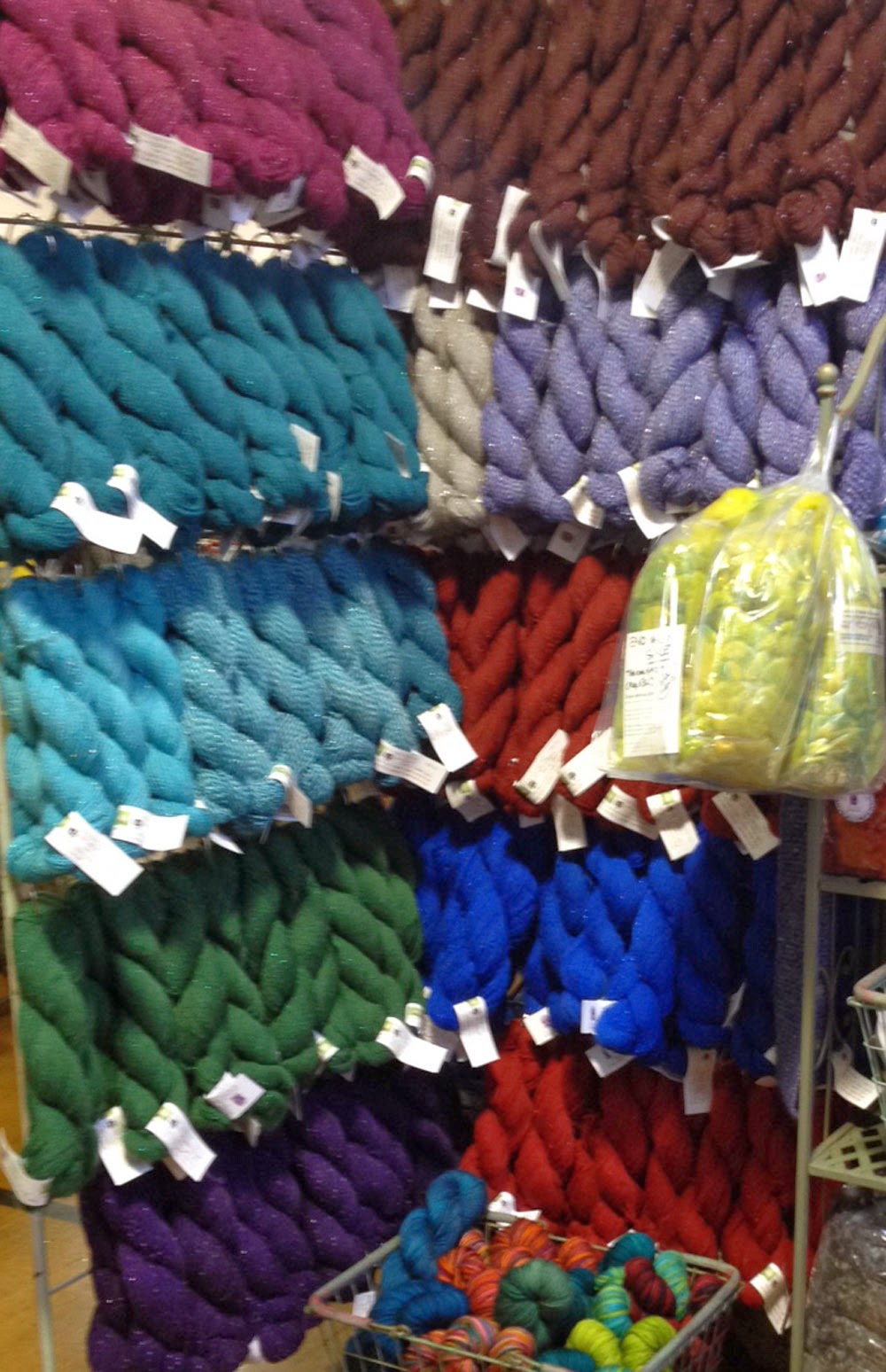I think there are some things that are true no matter where
you live.
For example, you need to
assume that the parasites indigenous to your region have adapted to your
climate.
And, there are things that
change geographically; for example, this dewormer doesn’t work here, but it may
there.
The weather can play a role in quantitative calculations of
your pasture, but never think it can cure or clean your pasture. There are some parasites that are just fine
in hot, dry conditions. There are plenty
that like cold, wet or hot, wet conditions.
I think there can be a huge underestimation about cold weather cleaning
up your pasture – it really doesn’t do that.
Your climate has an average snow fall and frost line. Nearly any seed store will have a map and
they are on line. You can look up your
average depth of frost line (farmers, construction workers, and landscapers
know them well). Parasites will follow a
pretty predictable survival plan. For
example, if you average frost depth is 1-3 or 2-4 inches, you can bet parasites
in your area go below the surface 3-5 and 4-6 inches respectively – and so on.
In order for the cold to “kill” the parasites
several conditions must be met: The
parasites must move up above their normal area to lay dormant, so they are hit
by the freeze. And, the freeze must be
hard and long enough to get them.
Sometimes, a snow can favor the opposite, as snow can be a thermal
insulator of the ground which would help them not hurt them. However, I know of two situations where you
could see some reduction in parasites from cold weather. First, if you have a lot of
warm days in late winter/early spring that will fool them to start coming out,
then you have a deep enough, significant enough freeze to harm them. One such occasion, would probably make no noticeable
difference, but if it did the several times in a spring – you might see some
pasture quantity reduction. Second,
would be a winter that was out of the norm; cold enough to have the frost line significantly
deeper and stronger than average. However,
one winter like this, also, may not make a noticeable difference.
Oddly, tilling and burn off, do not guarantee
change either- they have been studied as well.
There was a time that it was thought if you till a pasture under and replant
it you would see improvement. It turns
out to be non co-relational data.
Usually if you till a field under and replant it takes several years
before it is dense enough to re-graze.
The fallow time was in the end more helpful than the tilling. Also, it was thought that the heat from a
burn-off would fix things--again with the same incorrect correlations. It was the fallow time that was more helpful than
the heat. Dirt can be a pretty good
insulator too, so parasites can survive –even if not thrive – in a burn off,
especially if the burn off was fast.
Lastly and most unfortunately, studies are showing increasing lengths of
fallow time as necessary for seeing improvement. A decade ago, it was fashionable to do quick
rotational grazing with fallow time of only 2 to 3 months; today, it seems that
there are increasing instances where 5 years is still not enough fallow
time. I believe that is why there is
such a trend now to study cross species grazing for parasite management. (Using a species unaffected or less affected by a problematic
parasite in a pasture to graze during or just after the control group, for
example cows after goats.)
Believe you me, I have badly wanted and prayed for the
weather to help me fight the parasites! Even though it is very bleak to
read what I’ve stated here – I think you are better off to not rely on Jack
Frost and winter sprites to fix the pasture. There are some actions you can take--
One of the best things I did to help my pastures was keep my animals off
areas where they could graze for 12-24 hours post deworming them (I use a water soluble dewormer, so it is done when they digest and uriate it out). Immediately post deworming is when they will
shed the most wicked poop ie., dense with parasites likely to outsmart your
deworming-drug. You don’t want that fecal matter
in your fields. If the parasites hit the
ground where the goats eat the cycle is complete. So, the most hopeful part of what I’m saying
is at least your management practices can make a difference even if you can’t
count on the weather. My reading and listening sources were from publications and people from the
University of Maryland, School of Ag. Extension Svs. and Ohio State University,
Ag. Dept. Please remember this is an opinion piece from a fiber farmer. I am not a scientist nor an expert. Please consult your veterinarian and Agriculture Extension Agent in your own area for best practices for healthy fiber animals.















